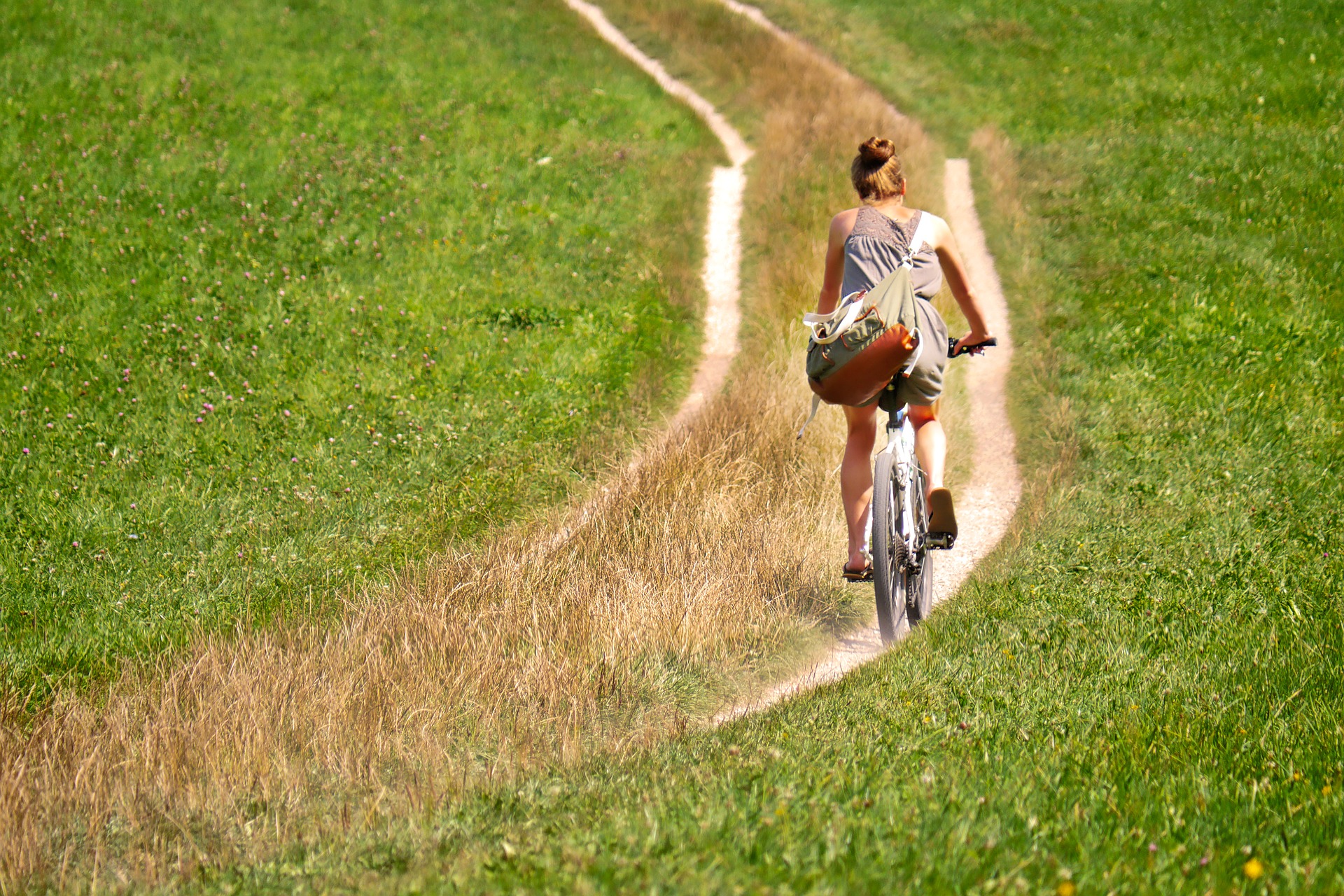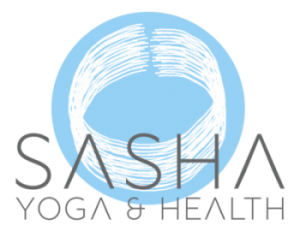
Motion is lotion
About the Author
Kerri Layton is a Myotherapist and Exercise Physiologist at Myotherapy & Movement Clinic. She treats chronic musculoskeletal pain, and has a special interest in treating shoulder, neck and back pain.
Motion Is Lotion
Our body is made for movement; if we fail to move for long periods, our joints and muscles certainly let us know about it! Think about your last long-haul flight, or interstate drive. How did you feel when you stood up after hours of sitting in a confined space?
It’s a well-known fact that lack of movement is detrimental to our health; research shows it can lead to premature death through an increased risk of stroke, cardiovascular disease, and some cancers. The good news is movement does not have to be high intensity or formal such as going to the gym or participating in F45, Zumba, or Boot camp classes. It does not require you to become a runner, cyclist or pilates enthusiast. In fact, the world’s longest living humans do none of that, but they do move a lot, and sit very little. Granted, people from these populations tend to come from small villages where manual work is the main source of employment, and activities such as walking, gardening, lifting and carrying is the norm. This way of life is often unrealistic in our society, but components are still very much achievable.
The biggest issue in our technological reliant society is we move so little. Over 50% of the population have a job that requires them to sit for most of the working day. As a clinical myotherapist, I treat my fair share of people that do just that, often without getting up, unless they go to the toilet! After sitting all day, they drive home and sit in front of the television until they go to bed, this is repeated over and over again. It’s not poor posture that causes the majority of aches and pains; it’s the lack of movement; the body being ‘stuck’ in the same position day in and day out. This leads to muscle and joint stiffness, and, over many years we find we suddenly can’t turn our head to look over our shoulder as well, or walk upstairs without pain; or run after the kids! The key to movement is to do it often, and the key to this is choosing activities you enjoy.
Some easy tips to include more movement into your day:
Move every 20-30min
This is my number-one tip. Sitting or standing in the one position for any longer should be avoided. If you sit (or stand) at a desk, it’s as simple as walking around for a minute or two to get the blood moving. Not only will this improve your health, it will also improve your mental capacity.
Find movement opportunities
An active work commute is ideal, aim for a 15-20min walk/ride to and from work on a daily basis, or a 30-45min walk at lunchtime a few times a week. Use the stairs and get up to talk to a colleague instead of calling or emailing.
Housework can be a workout!
I really dislike doing the housework, especially cleaning the bathrooms. I now take the cleaning as an opportunity for movement. You are active for a good 30-60min, using muscles that don’t always get worked on a daily basis.
Exercise with friends
What better way to exercise than with friends, you’ll be more motivated to get out and exercise, and you can have a great catch up at the same time. I belong to a swim squad and swim outdoors year-round. Knowing that my swim mates are jumping in the pool on a morning that has yet to reach 5°C greatly improves my chances of jumping in too! The coffee and catch up after the swim is also great motivation.
Final Note
Motion is lotion – it keeps our joints healthy and lubricated, and helps treat chronic pain. If you or someone you know is suffering from pain in the body, particularly in the neck/shoulders/back, book in for an appointment via www.mmclinic.com.au.


 Previous Post
Previous Post